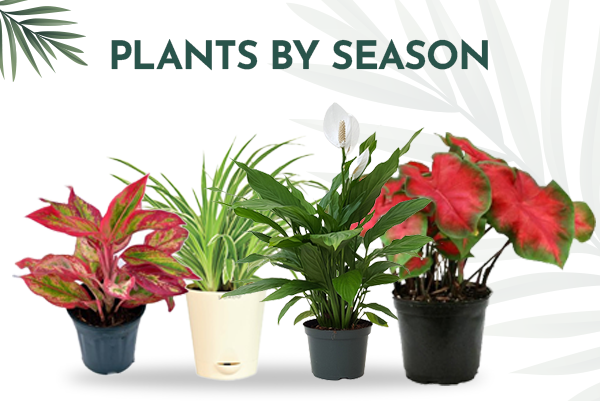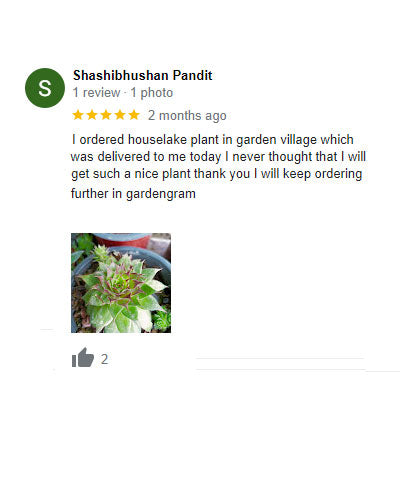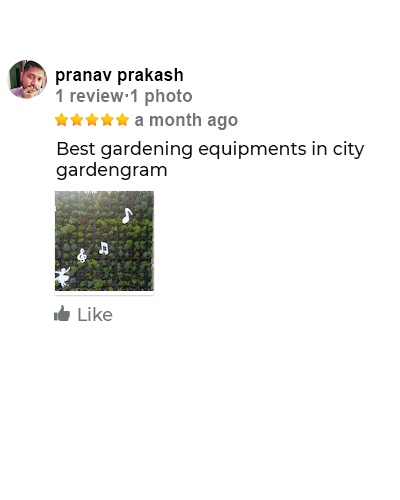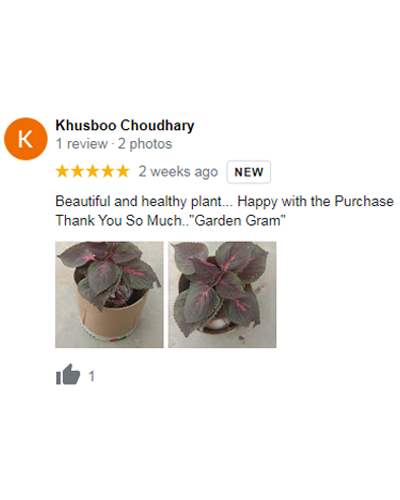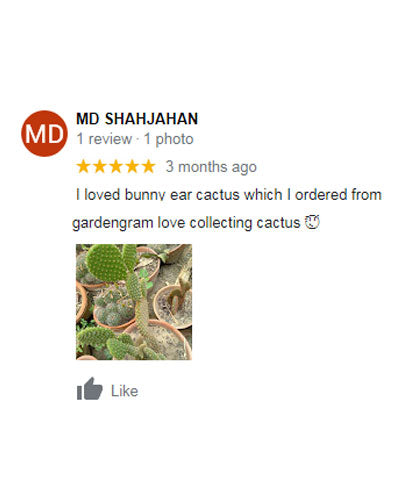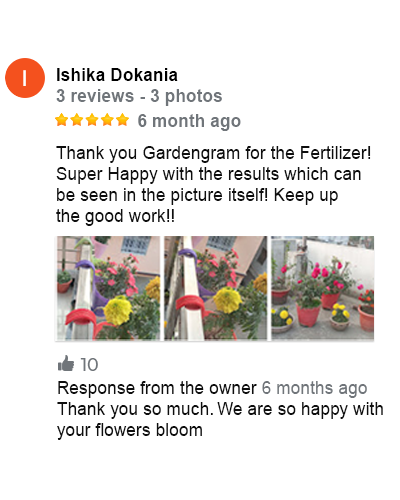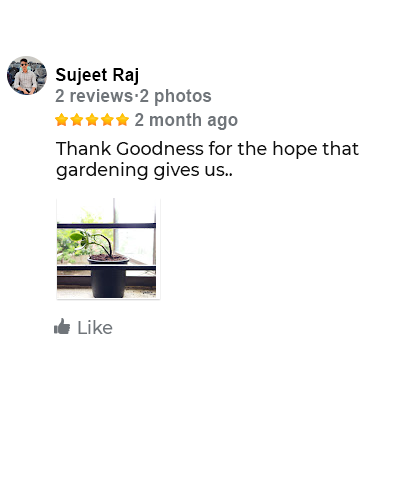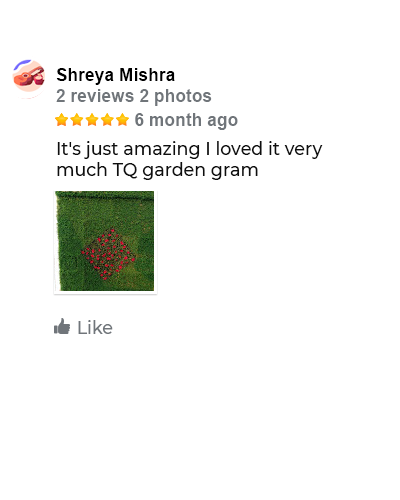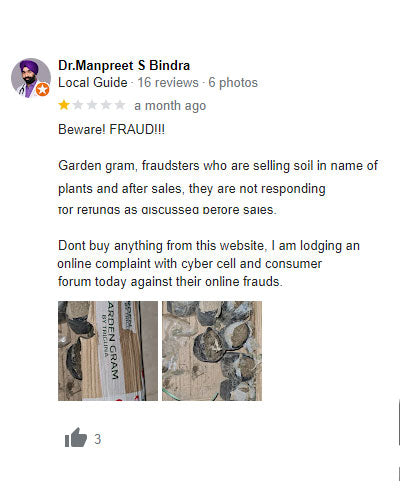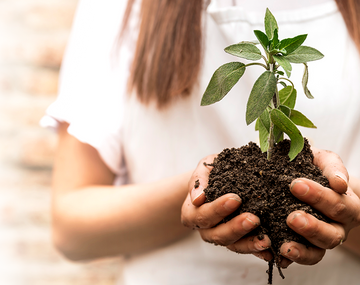Difference between coco peat and vermi-compost
One of the most common but important questions that strikes the plant parents is around the usage of cocopeat and vermicompost for their plant babies. Because when it comes to providing nutrition to the plant babies, we only want the best. Hence, let’s understand both of them in detail.
Not every plant parent has a green thumb. Some of us are in the initial stages of our gardening journey. But a unifying factor is the need to make our green babies healthier and happier. Hence, naturally when we are presented with the option to give our green babies vermi-compost or coco peat, we start getting confused between these organic options. Let’s address the difference between coco peat and vermi-compost to get us started.
Coco Peat

The fibrous part of a coconut forms the basis for cocopeat. It is a multipurpose growing medium made out of coconut husk. Cocopeat, being a porous and well-drained medium, helps the plants to have strong roots, thus making it an excellent growing medium even for hydroponics. It also has high water retention properties.
Coco peat can be directly used as potting soil or an ingredient of potting mixes. Since coir is organic and sterile, it’s an excellent choice for starting seeds.
Benefits of Coco Peat
Cocopeat has immense benefits for your plants.
- Coco peat is light, easy to handle and can even be reused for up to 4 years.
- Coco peat can store and release nutrients to plants for extended periods of time, making it best suited for containers and pots as they require slow release nutrition.
- It has good oxygenation property which is important for healthy root development in plants.
- Coco peat is fungus or algae resistant.
Vermi-compost

Vermi-compost comes with the natural goodness of nature and has rich organic matter. It is made from cow dung enriched with minerals and enzymes using earthworms. Compost made from using earthworms is 5-10 times stronger than any other compost. Not only it is nutrient-rich but it is also loaded with the microorganisms that benefit the soil in numerous ways. Sometimes known as Black gold it also improves drainage, attracts earth worms and provides nutritional value.
Ideally, vermi-compost is added in soil mixture during potting of a new plant. Ideal for all kinds of plants, it maintains the color, shape and size and overall appearance of foliage and branches of your green babies by providing a steady source of nutrients.
Benefits of vermi-compost
- Provides nutrients to the soil.
- Provides plants to access nutrient in simpler way.
- Improves the soil structure.
- Improves the aeration and internal drainage of heavy clay soils.
- Provides numerous beneficial bacteria which make soil nutrient-rich.
- Keeps the plants lush green and full of foliage.
- Resistance to pests.
- Improves fertility and moisture in soil.
Now that we have read their characteristics individually, in conclusion we would like to emphasize that both of them are environment friendly, as they are efficient and odorless. They have the potential to reduce all types of organic waste. They can help in detoxifying the toxic ingredients of wastes. Both of them are filled with nutrient-rich elements. Hence, we don’t have to choose one over the other. It can be easily clubbed together and used. It can also be separately used as per the need of the plant.


